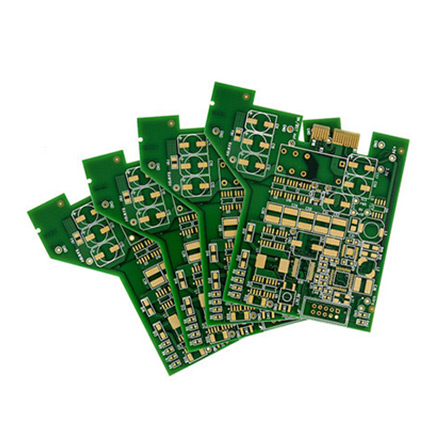

The Significance of Tinted Glass Colour A Reflection on Aesthetics and Functionality
Tinted glass has gained popularity in recent years for both aesthetic and practical purposes. It is commonly used in various settings, from residential homes to commercial buildings and automobiles. The various colours of tinted glass not only serve functional purposes such as heat reduction and glare control, but they also contribute to the overall visual appeal of a space. This article will explore the significance of tinted glass colour, highlighting its aesthetic value, functional benefits, and impact on our everyday lives.
Aesthetic Appeal
The first and perhaps most apparent advantage of tinted glass is its aesthetic appeal. The hues available in tinted glass range from subtle greys and blues to rich ambers and greens. This variety allows architects and designers to choose the perfect colour to complement a structure’s exterior and interior. The right colour can enhance architectural features, create a visual focal point, and harmonize with the surrounding environment. For instance, a large commercial building may use a bold blue tint to stand out in an urban landscape, while residential homes might opt for softer tones that blend with natural surroundings.
Moreover, the colour of tinted glass can change the way light enters a space, creating different moods and atmospheres. Softly tinted glass allows for diffused sunlight, reducing harsh shadows and creating a warm, inviting environment. Conversely, darker tints can provide a dramatic effect, perfect for spaces that require a sense of intimacy or luxury. In this sense, tinted glass serves as a functional design element, shaping not only the appearance of a structure but also the emotional experience of its inhabitants.
Functional Benefits
While aesthetics play a significant role, the functional benefits of tinted glass cannot be overlooked. One of the primary reasons for using tinted glass is its ability to reduce solar heat gain. In regions with intense sunlight, tinted glass can help maintain indoor temperatures, reducing the reliance on air conditioning systems. This not only contributes to energy savings but also enhances comfort for residents and workers inside the building.

Additionally, tinted glass can reduce glare, making it easier to work or relax in bright conditions. This is particularly important in office environments where screens are frequently used. By minimizing reflections and glare caused by direct sunlight, tinted glass promotes better visibility and productivity.
Another crucial benefit is UV protection. Tinted glass can block up to 99% of harmful UV rays, safeguarding interior furnishings, artwork, and flooring from fading and degradation. This added protection is a major advantage for homeowners and businesses alike, as it prolongs the lifespan of valuable assets.
Health Considerations
The use of tinted glass is not just about aesthetics and functionality; it also influences health and well-being. Exposure to natural light has been shown to improve mental health, boost mood, and enhance productivity. However, excessive direct sunlight can lead to discomfort and health issues such as skin damage. Tinted glass provides a balance, allowing natural light to filter through while minimizing harmful exposure.
Moreover, the reduction of glare and heat can contribute to a more pleasant indoor environment, promoting relaxation and focus. This is particularly beneficial in spaces dedicated to working, studying, or even recovering from illness, where a conducive atmosphere can significantly impact overall well-being.
The Conclusion
In conclusion, the colour of tinted glass is more than just an aesthetic choice; it embodies a blend of design, functionality, and health benefits that enhance the living and working environments. Its versatility means it can be tailored to fit any architectural vision while providing crucial advantages in energy efficiency, comfort, and protection from UV rays. As we continue to embrace the importance of sustainable design and the well-being of occupants in our spaces, the role of tinted glass in modern architecture and design remains vital. Whether it’s creating a serene escape in a home or enhancing productivity in an office, tinted glass colour will undoubtedly continue to reflect both beauty and functionality for years to come.